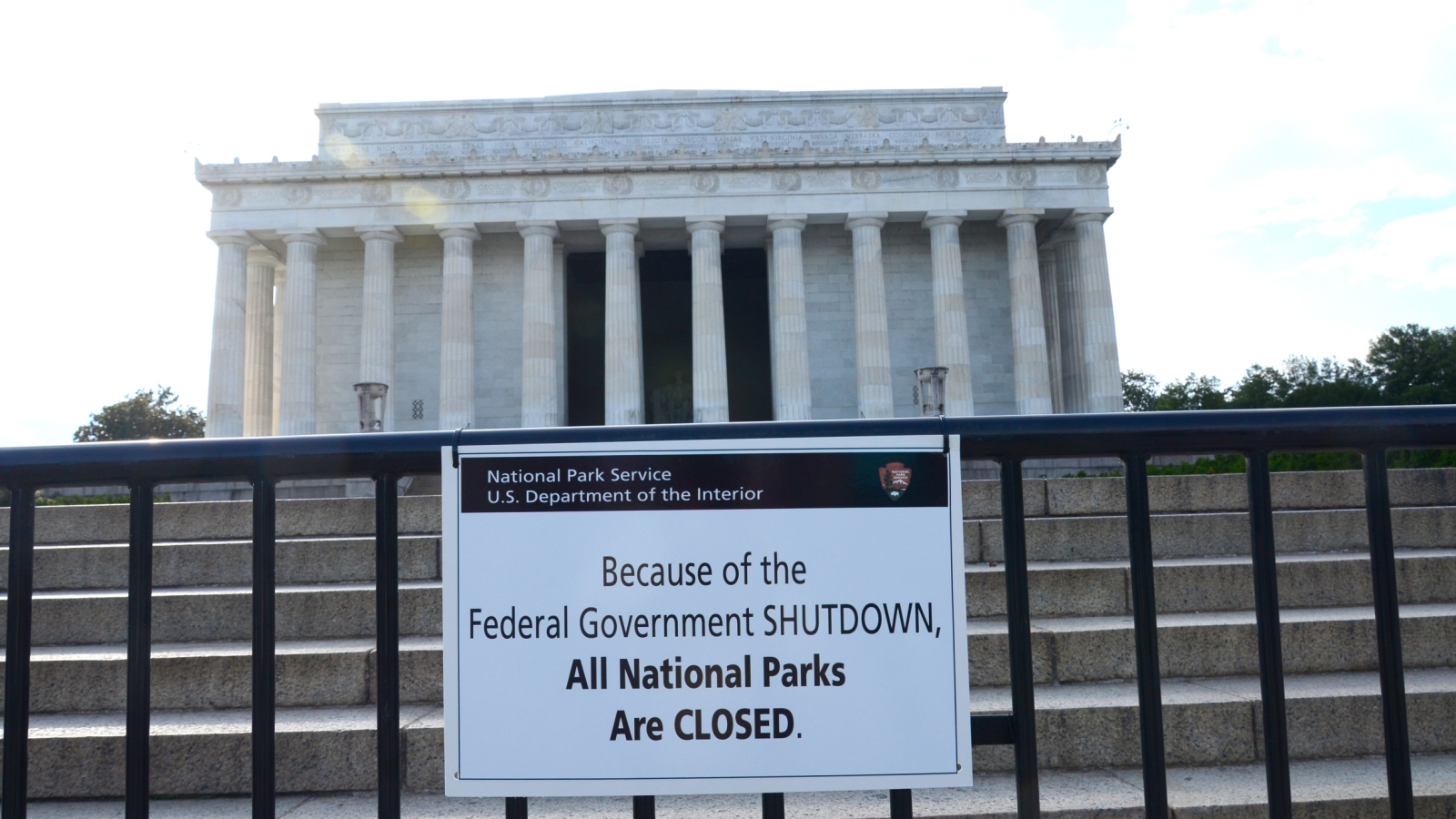
House Republicans continue to look to pass a funding package before the November 17th government shutdown deadline. House Speaker Mike Johnson’s (R-LA) plan, revealed on Saturday, seeks to prevent a partial shutdown, extending funding for various agencies and programs until January 19th and other government areas until February 2nd.
In an unconventional move for a short-term funding bill, the two-step plan breaks from the usual practice of extending funding for all programs simultaneously and until the same date. Johnson aims to address concerns about voting on a large spending bill just before the Thanksgiving and Christmas holidays. He stated that the two-step continuing resolution is essential for positioning House Republicans to advocate for conservative victories.
Representative Chip Roy (R-TX) criticized the measure, opposing its lack of spending cuts and conservative policies, and threatened to block it. House Minority Leader Hakeem Jeffries (D-NY) has assessed Johnson’s proposal, emphasizing its unique structure as a “clean” bill.
Notably, the bill omits funding requested by President Joe Biden for Israel, Ukraine and the U.S.-Mexico border. Johnson, aiming for fiscal responsibility, defended the separation of requests, garnering mixed reactions from hardline conservatives.
All this said, individuals might be wondering about the potential consequences of a government shutdown in November 2023. As the deadline approaches and the fate of the funding package hangs in the balance, the nation holds its breath, acutely aware of the historical repercussions of such a political stalemate. In this article, I’ll delve into the three worst things that could happen immediately if the government fails to secure the necessary funding.
Most-Likely Potential Outcomes of a Government Shutdown
As mentioned, the U.S. might face a potential government shutdown by November 17 without a budget or continuing resolution. While a shutdown was uncertain, market attention remained limited as a continuing resolution was anticipated.
#1 Government Employees’ Delayed and Uncertain Payment
During a government shutdown, certain operations persist, but the payroll cycle is disrupted. Federal employees, categorized into non-essential roles, often face furloughs and work restrictions. Despite the temporary work halt, retroactive pay, guaranteed by a 2019 law, alleviates financial strain on affected households.
Although some workers are exempt, engaging in critical functions as defined by the Department of Justice (DOJ) and the Office of Management and Budget. Despite the essential roles, these employees face immediate work without pay, causing economic strain and potential service disruptions.
A third category of employees, often those funded outside the annual appropriations process, remain exempt from the shutdown’s immediate impact. Examples include United States Postal Service employees, whose funding mechanisms are not affected, ensuring regular pay continuity with minimal disruption.
#2 Thanksgiving and Holidays Will Be Affected
A government shutdown just before Thanksgiving would lead to the closure of federally-run museums and parks, impacting popular tourist destinations. The National Park Service, managing sites like Yosemite, might face closures based on available funds.
In the previous 35-day shutdown under former President Donald Trump, Washington faced trash accumulation and federal workers, including airport staff, taking sick leave due to financial strain. The current threat’s timing might benefit some federal workers, as their first paycheck delay aligns with Thanksgiving, giving Congress time to resolve issues before any substantial impact.
Contrary to federal workers, contractors face immediate pay loss without the prospect of back pay. In the previous shutdown, food banks experienced increased demand due to lost pay. If the shutdown extends into December, essential workers, including those in the airline industry, might call in sick in protest or due to financial strain.
#3 Greater Economic Impact
A brief government shutdown, as historically observed, has a lesser economic impact compared to durations exceeding two weeks. So, the risk of the economic severity of a government shutdown is likely related to how long it lasts, and most have been short.
Numerous government functions persist, either considered essential or outside the scope of annual appropriations. Nevertheless, the cumulative impact of delayed permits, grants, inspections and processing in non-essential sectors could be significant based on the shutdown’s duration. The potential challenges associated with an extended government shutdown contribute to the historical brevity of such events. Some have lasted mere hours as politicians negotiated resolutions.
What Will Shut Down and What Will Remain Functional
The operational status of government functions funded through annual appropriations, often determined by the DOJ and the Office of Management and Budget, depends on prior shutdown patterns. Most non-essential services, such as IRS tax return processing, EPA inspections and certain immigration services, would likely experience disruptions. Additionally, national parks, museums, the Security and Exchange Commission, NASA and the Special Supplemental Nutrition Program for Women, Infants, and Children could see limited services.
Loan and grant processing, including health research grants, Department of Housing and Urban Development assistance, and Small Business Administration loans, is expected to face delays during a shutdown. Government research, such as economic and weather-related studies, would likely cease, with essential services like severe storm warnings continuing. The economic impact of a prolonged shutdown may be challenging to assess if economic data is not promptly released.
Overall, a shutdown is in the best interest of no political party. Thus, investors are left hoping for an eleventh-hour solution, similar to what has been previously passed. We’ll have to wait and see how this plays out, but for now, there’s good reason for investors to hold their breath.
On the date of publication, Chris MacDonald did not hold (either directly or indirectly) any positions in the securities mentioned in this article. The opinions expressed in this article are those of the writer, subject to the InvestorPlace.com Publishing Guidelines.




